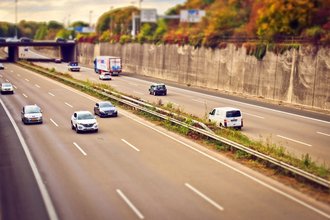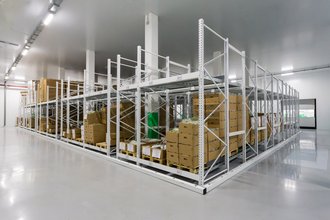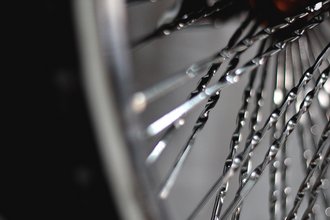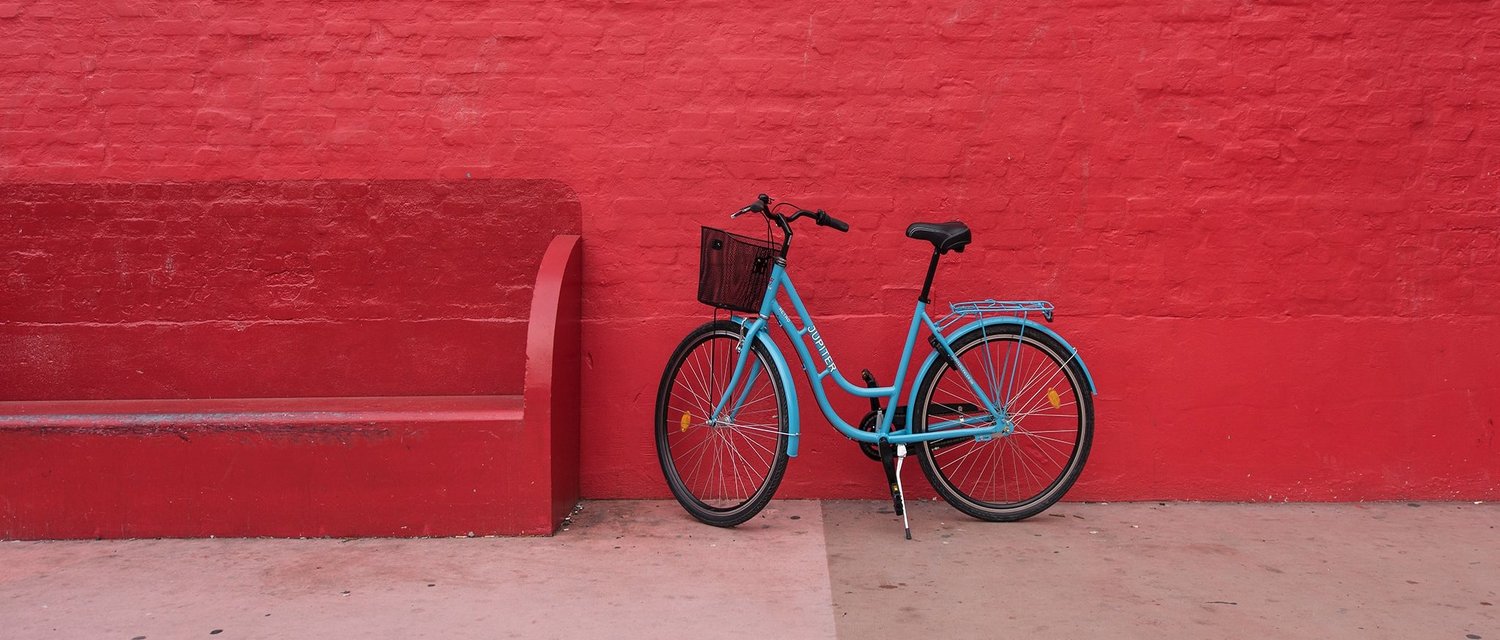
Emission-free mobility
Rely on emission-free, efficient and active mobility
In 2018, traffic was responsible for almost 36 % of final energy consumption and, at 31 %, a major cause of Austrian greenhouse gas emissions. The share of renewable energies in this sector is only 10 %. On the way to climate neutrality by 2040 - the declared goal of the Austrian federal government - reducing emissions in the mobility sector is one of the greatest challenges. Solving this requires a large bundle of different measures.
Greenhouse gas emissions in Austria from 1990 to 2018. Greenhouse gas emissions from transport have increased by 75 % since 1990, with road transport accounting for the majority (97 %) – their share of total emissions was 31 % in 2018. (Data: Umweltbundesamt - Federal Environment Agency 2020)
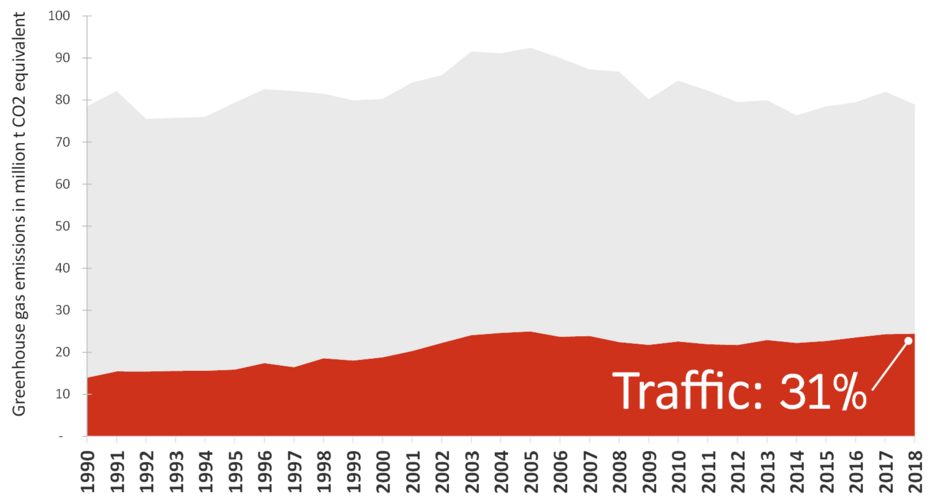
Avoid – Shift – Improve
The package of measures for climate-friendly transport systems is based on the principle "avoid - shift - improve". Short distances, for example through the revitalization of town centers or technical solutions, for example for web conferences instead of business trips, help to avoid traffic. In addition to intelligent mobility management and many other measures (ridesharing, carpooling ...), spatial planning plays a major role here.
Our need for mobility will remain. It is therefore important to promote emission-free mobility methods in order to shift the transport process to them. This means expanding public transport such as trains and buses and ensuring pan-European connectivity. The corona crisis has also shown that infrastructure for cycling and walking will be particularly important in the future. In freight transport, shifting transport volumes from road to rail is crucial.
Any traffic that cannot be avoided or shifted must be improved. The switch to electromobility in motorized individual transport (cars and two-wheelers) and the development of emission-free drives in heavy traffic (trucks, shipping and air traffic) are central here. In the case of the latter, in addition to battery-electric mobility, the use of green hydrogen is also an important option.
We provide answers for emission-free mobility
Due to the strong interrelationships with the energy system, mobility is an integral part of our work and plays a major role in projects related to scenario development as well as climate and energy policy. The focus is always on the following goals: Get out of the use of fossil fuels and dependency on imports, into renewable energy sources and the greatest possible domestic added value.
In addition, with our transport system experts, spatial planners and technicians, we also provide answers to specific questions for the mobility of the future. We are focusing on accelerating the market penetration of electromobility or expanding offers and infrastructure for all aspects of active mobility (focus: bicycles).
Contact Persons
![[Translate to German:] Mitarbeiterfoto von Monika Wagner, Senior Expert Mobility & Spatial Planning](/fileadmin/_processed_/1/2/csm_monika-wagner_02ee6d66e5.png)
Senior Expert | Mobility & Spatial Planning
DI Monika Wagner
Email addressmonika.wagner@energyagency.at![[Translate to German:] Mitarbeiterfoto von Christoph Link, Senior Expert Mobility & Spatial Planning](/fileadmin/_processed_/8/3/csm_christoph_link_1_438f985fc4.png)



